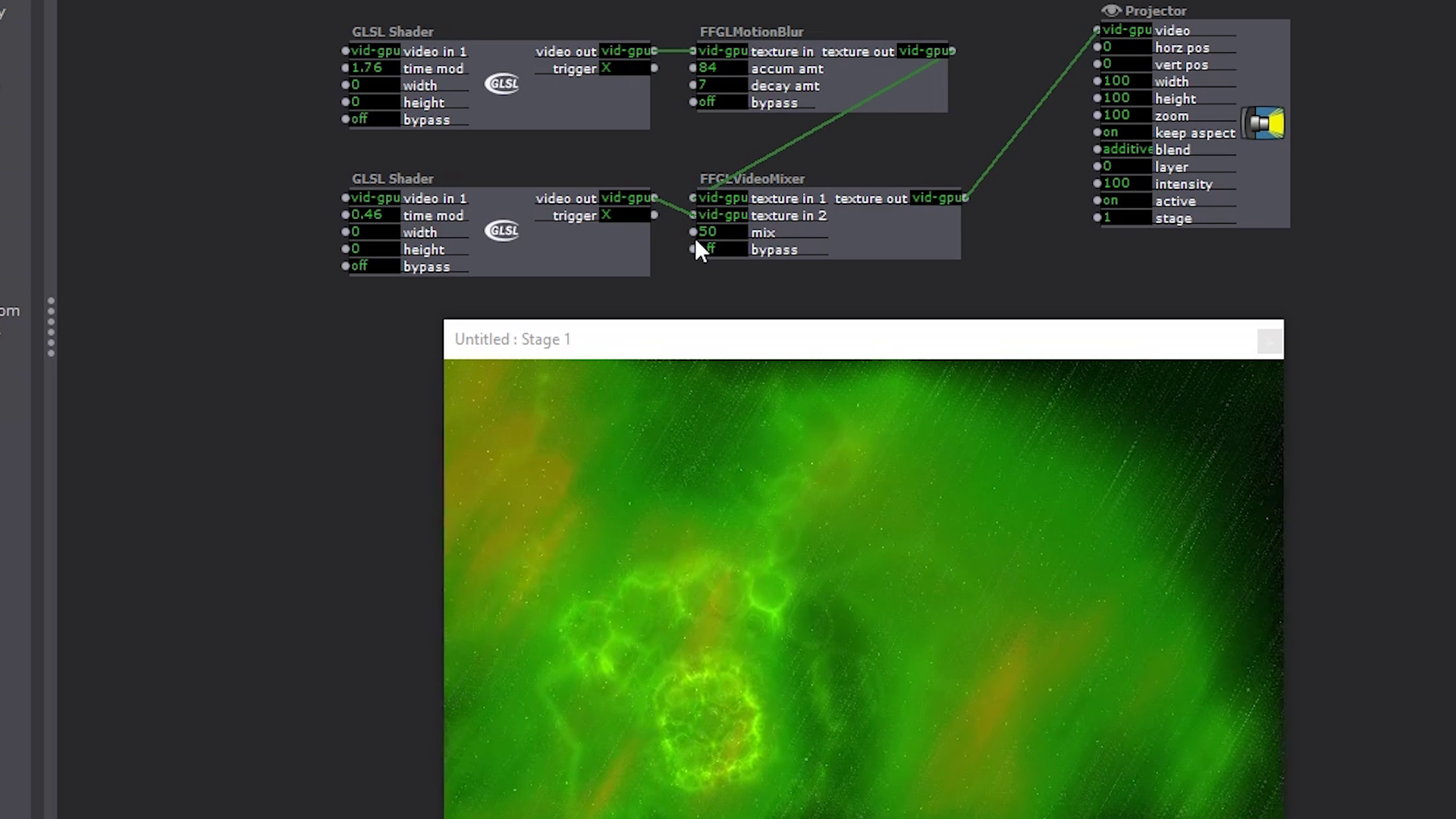
The growing power of gaming architectures for visuals has a side benefit: it can produce elaborate visuals without touching the CPU, which is busy on musicians’ machines dealing with sound.
But how do you go about exploring some of that power? The code language spoken natively by the GPU is a little frightening at first. Fortunately, you can actually have a play in a few minutes. It’s easy enough that I prepared this lightning tutorial:
I shared this with the #RazerMusic program as it’s in fact a good artistic application for laptops with gaming architectures – and it’s terrific having that NVIDIA GTX 1060 with 6 GB of memory. (This example can’t even begin to show that off, in fact.) These steps will work on the Mac, too, though.
I’m stealing a demo here. Isadora creator Mark Coniglio showed off his team’s GLSL support more or less like this when they unveiled the feature at the Isadora Werkstatt a couple of summers ago. But Isadora, while known among a handful of live visualists and people working with dance and theater tech, itself I think is underrated. And sure enough, this support makes the powers of GLSL friendly to non-programmers. You can grab some shader code and then modify parameters or combine with other effects, modular style, without delving into the code itself. Or if you are learning (or experienced, even) with GLSL, Isadora provides an uncommonly convenient environment to work with graphics-accelerated generative visuals and effects.
If you’re not quite ready to commit to the tool, Isadora has a full-functioning demo version so you can get this far – and look around and decide if buying a license is right for you. What I do like about it is, apart from some easy-to-use patching powers, Isadora’s scene-based architecture works well in live music, theater, dance, and other performance arts. (I still happily use it alongside stuff like Processing, Open Frameworks, and Touch Designer.)
There is a lot of possibility here. And if you dig around, you’ll see pretty radically different aesthetics are possible, too.
Here’s an experiment also using mods to the GLSL facility in Isadora, by Czech artist Gabriela Prochazka (as I jam on one of my tunes live).
Resources:
Planning to do more like this, so open to requests!
from Create Digital Music http://bit.ly/2J58G2Z
via IFTTT
